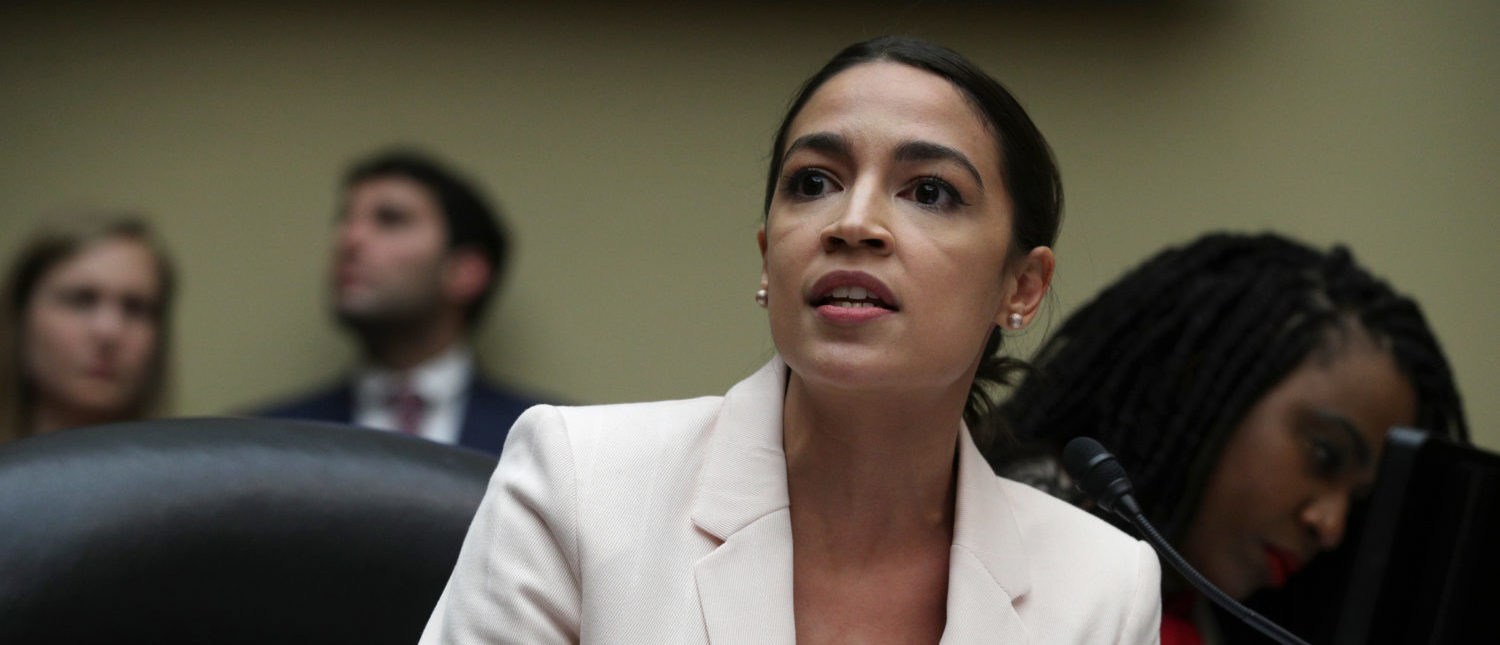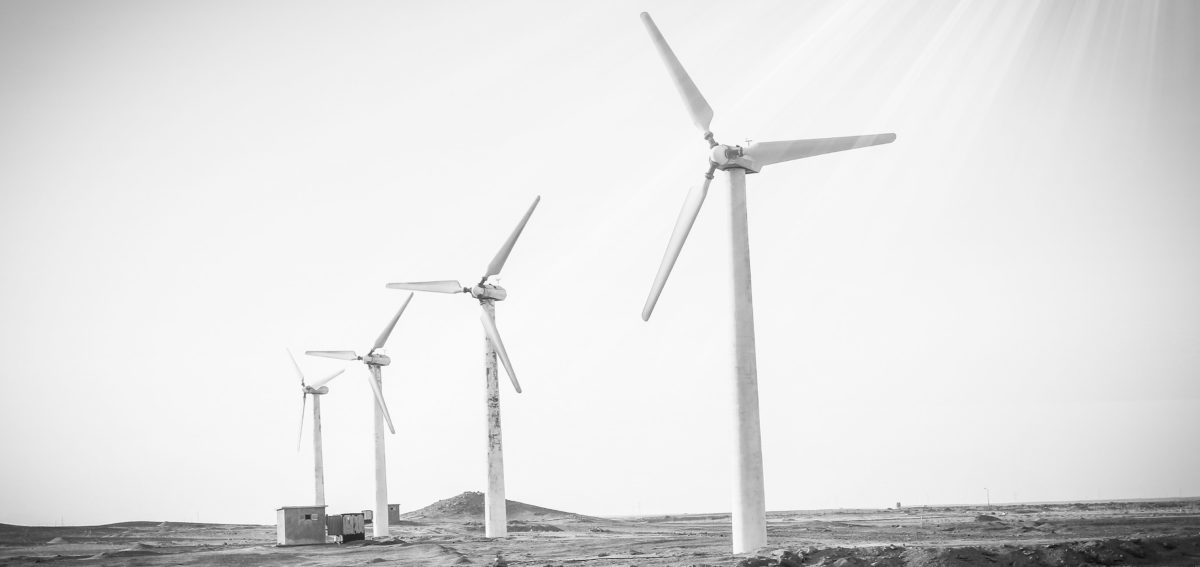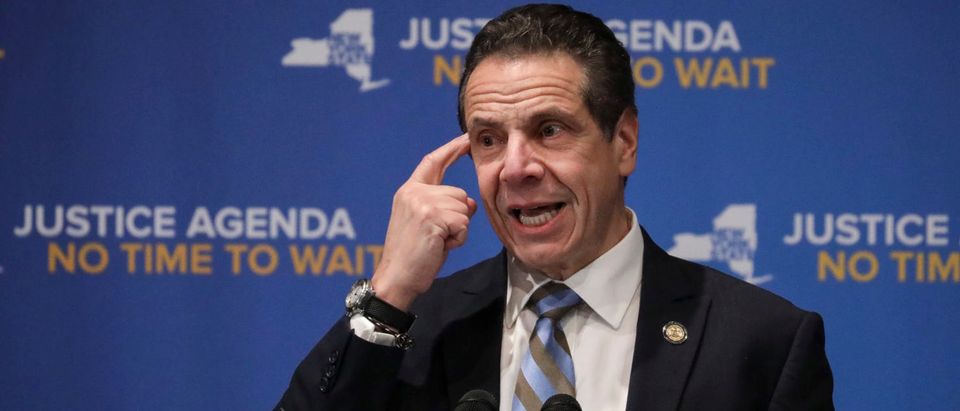New York passed the Climate Leadership and Community Protection Act on Tuesday, aiming to make the state carbon-free by 2050.
That means business, government and private citizens will have to heat their offices and homes and drive their cars without the use of gas or oil. Instead, New Yorkers will be reliant upon solar panels, windmills and hydro-electric power for everything they do, the New York Times reported Wednesday.
The plan is to virtually eliminate all greenhouse gas emissions by the state and so fight climate change that environmentalists and some scientists claim is caused almost entirely by humans. There is another deadline as well: by 2030, New York will have to derive 70% of its energy needs from carbon-free elements.
The Green New Deal, advanced by New York Democratic Rep. Alexandria Ocasio-Cortez, aims to achieve net-zero greenhouse gas emissions in 10 years.

U.S. Rep. Alexandria Ocasio-Cortez (D-NY) speaks during a meeting of the House Committee on Oversight and Reform June 12, 2019 on Capitol Hill in Washington, DC. (Photo by Alex Wong/Getty Images)
Other states with Democratic-controlled legislatures have opted to enact their own climate change programs — especially after President Donald Trump announced he was withdrawing the United States from the Paris climate accord of 2015. But New York’s climate change plan is among the stricter in the world, the Times notes. (RELATED: House Democrats Are About To Pass A Climate Change Bill. It’s Not The Green New Deal)
Given that the state has only managed to cut greenhouse gas emissions by 8% since 1990, it may prove difficult to realize these new objectives.
“New Yorkers are going to pay a lot for their electricity because of this bill,” Gavin Donohue, the president of the Independent Power Producers of New York, told the Times. “There’s no doubt about that.” Business organizations are not fond of the climate change plan either and say forcing companies to rely on green energy would be catastrophic as electricity rates skyrocket and both solar and wind power are unreliable and only produce a fraction of what a populous state like New York requires to function. (RELATED: Amy Klobuchar’s First Act As President Would Be On Climate Change)

The proliferation of windmills and solar panels did not prevent emissions from rising last year. Shutterstock
New York is now getting about 60% of its electricity needs from hydroelectricity and nuclear power — but the same people who promote the war on climate change are often the same ones opposed to nuclear power. The state plans to double down on its solar energy and wind power sites in an effort to squeeze more energy from these options.












